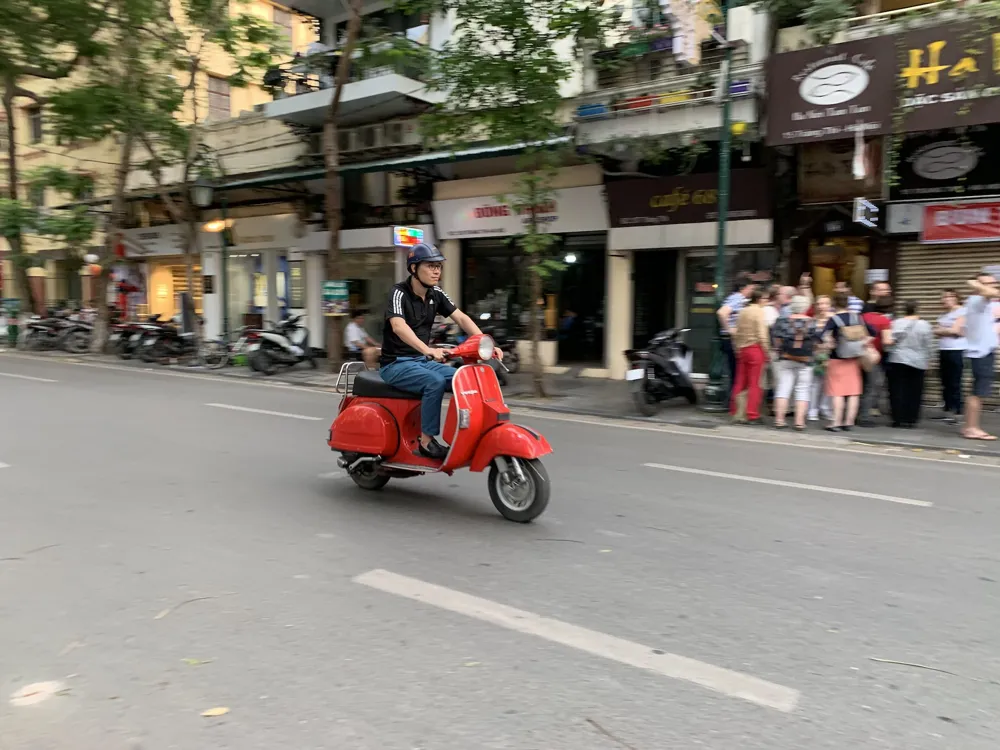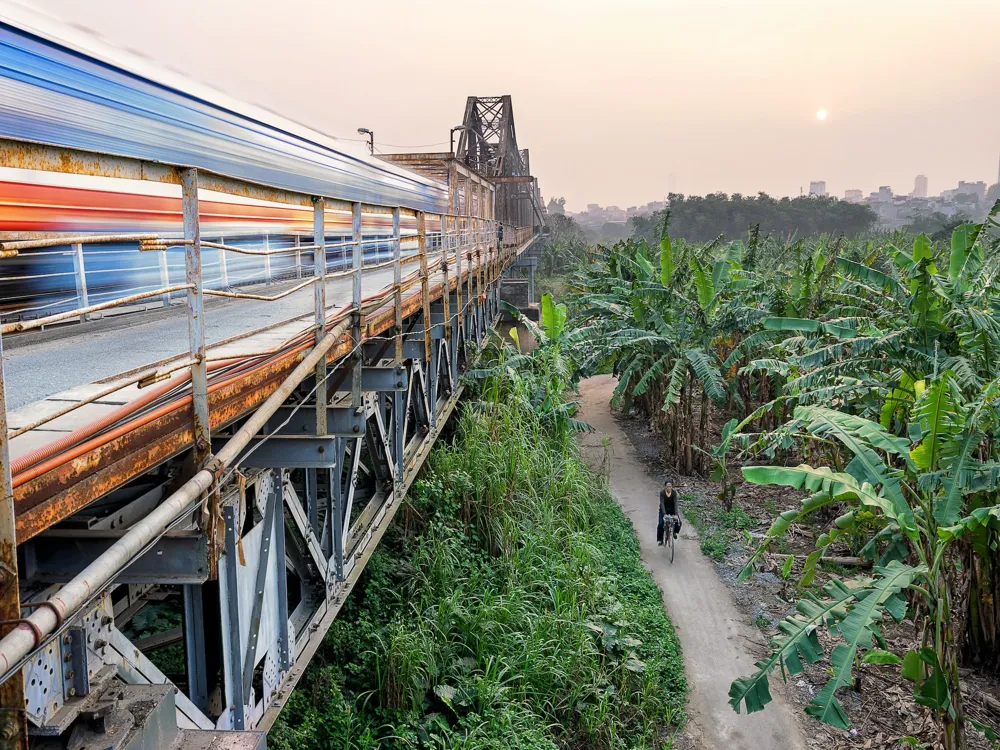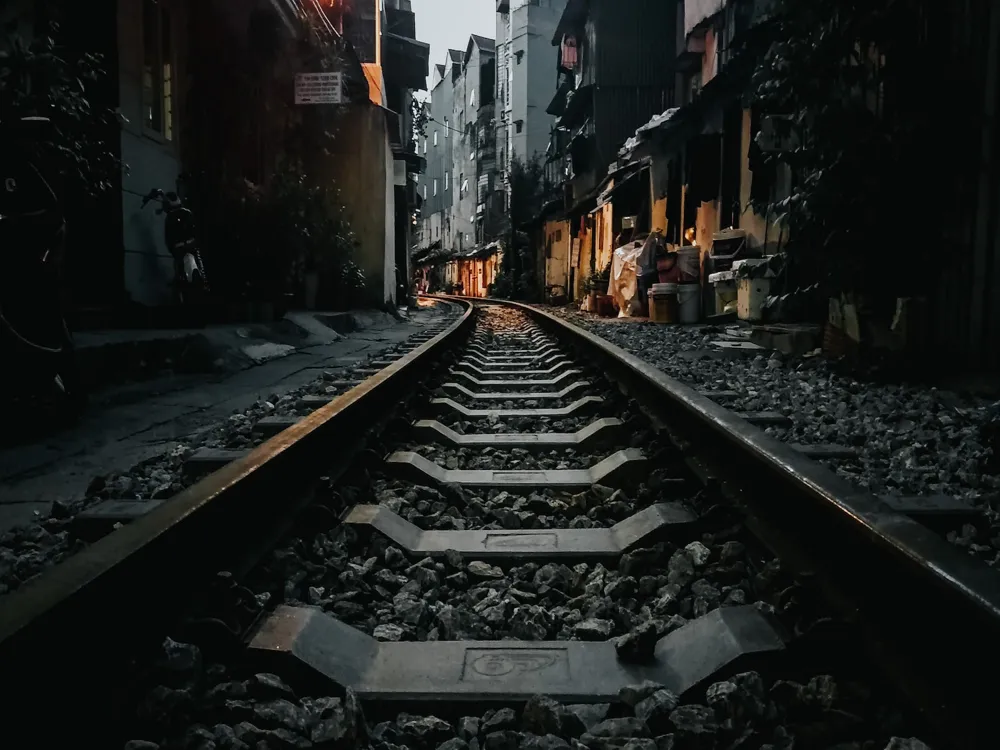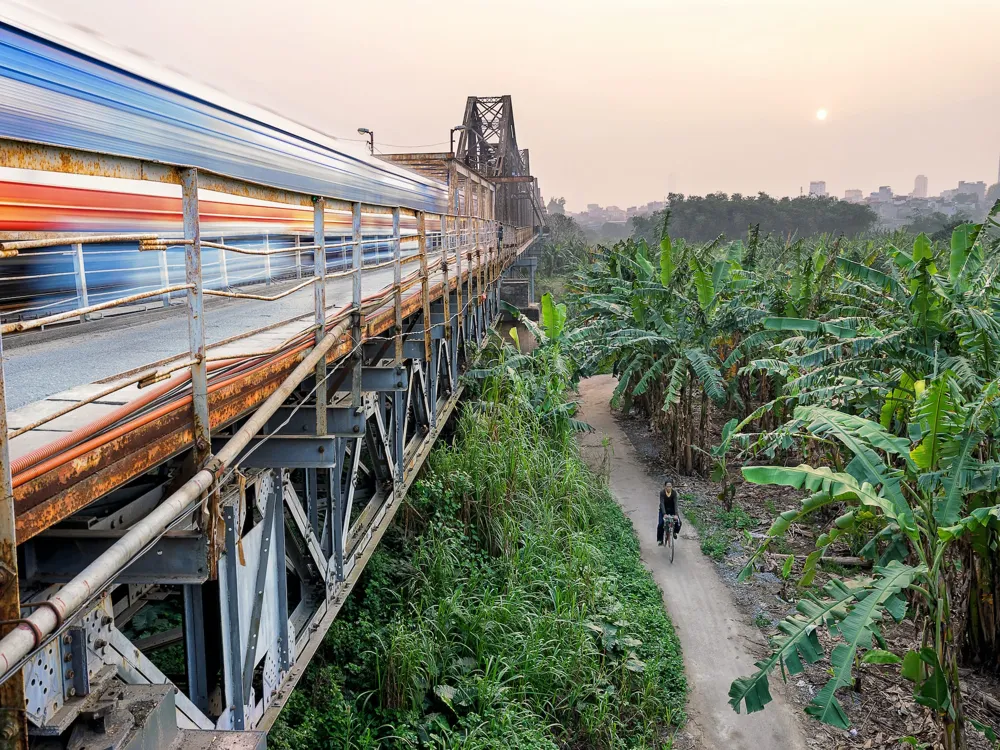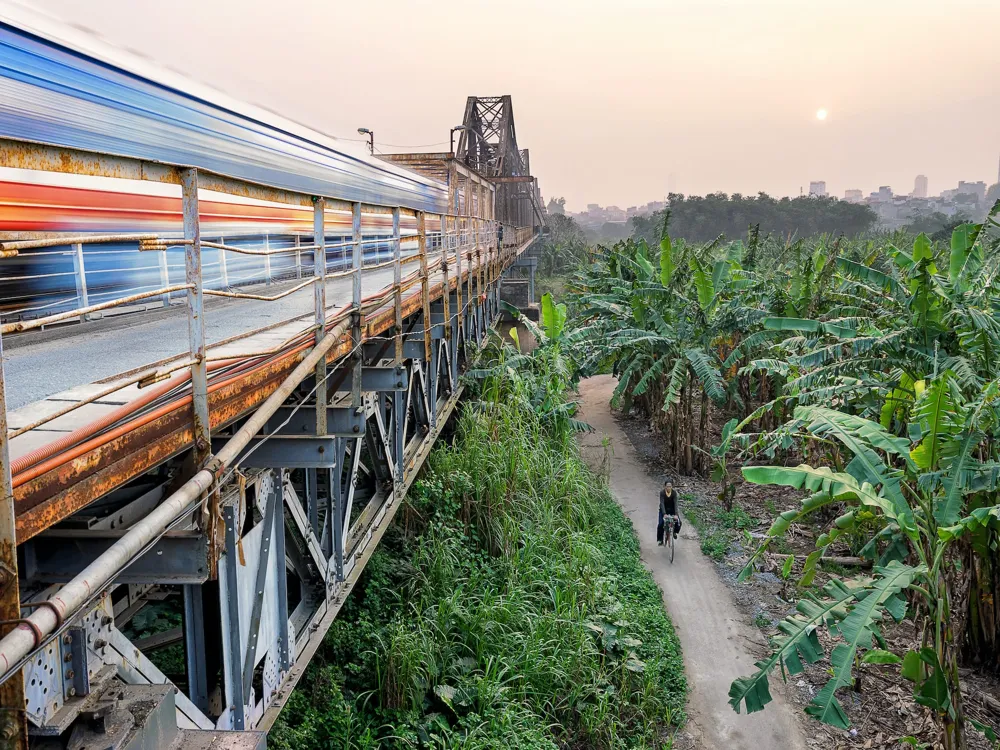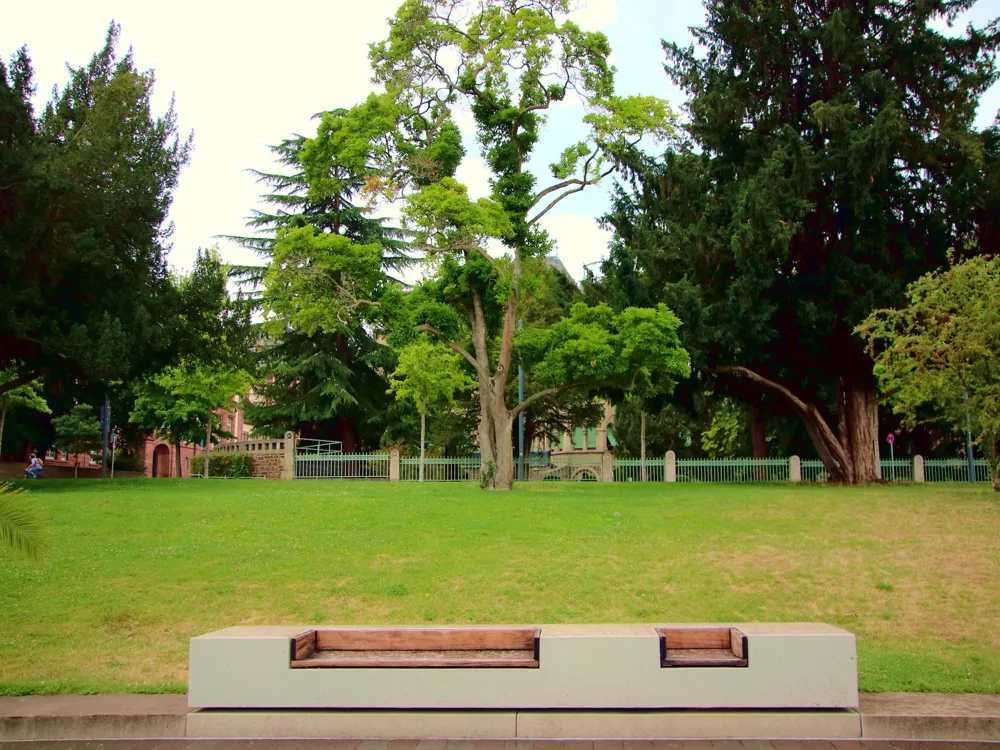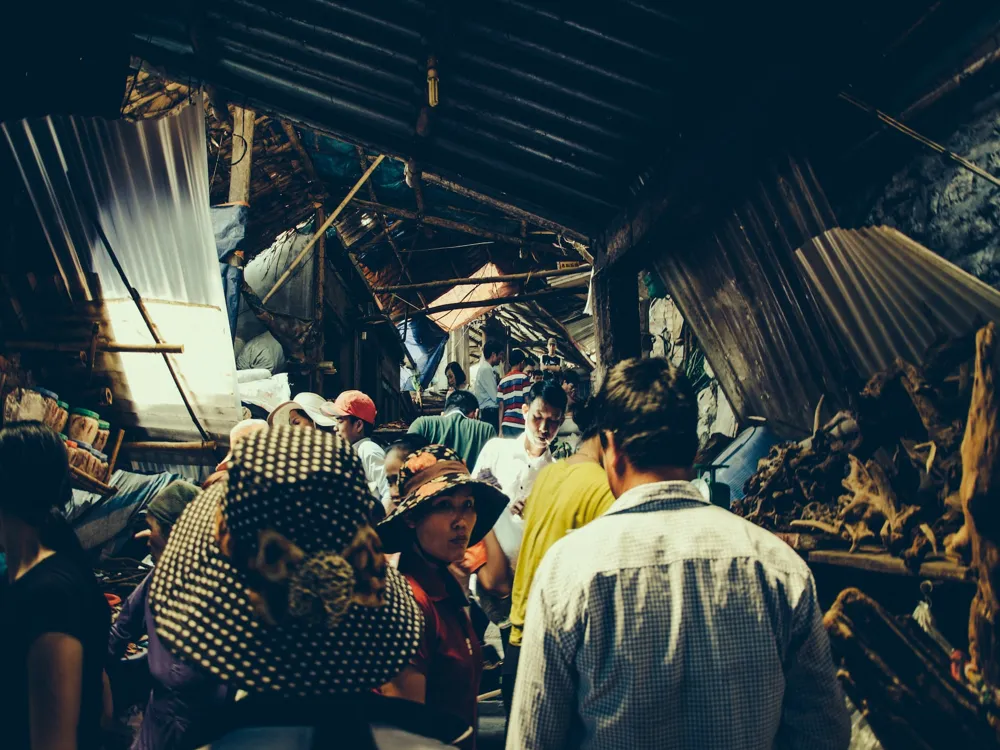Hanoi, the capital city of Vietnam, is a fascinating blend of East and West, combining traditional Vietnamese motifs with French flair. It is a city where the old world coexists seamlessly with the new. From its humble beginnings as a small fishing village, Hanoi has evolved over a thousand years into a symbol of cultural richness and historical significance. The city is known for its centuries-old architecture and a rich culture with Southeast Asian, Chinese and French influences. At the heart of Hanoi is the chaotic Old Quarter, where narrow streets are roughly arranged by trade. There's an unending buzz to this historic area, where emerging businesses nestle alongside traditional Vietnamese crafts. Hanoi’s architecture is a window into its past; the city is dotted with ancient pagodas, unique museums, and colonial buildings. The city's backdrop of modernization only highlights its preservation of heritage, from the Hanoi Opera House to the Temple of Literature. While exploring Hanoi, one can't help but be captivated by the city's vibrant street life. The blend of bustling street markets, motorbikes zipping through lanes, and street vendors selling a variety of local foods creates an energetic atmosphere that is uniquely Hanoian. The city is also known for its cuisine, from the infamous 'Pho' to an array of street food that's as diverse as its history. Despite its rapid development, Hanoi has retained its charm as a city of wide green spaces, serene lakes, well-preserved temples, and poignant war memorials. Hanoi's architecture is a rich tapestry that narrates the story of the city's historical and cultural evolution. It is a unique blend of indigenous architectural elements with influences from French colonial rule, creating a visually stunning landscape. The city’s architectural heritage can be categorized into three main styles: traditional Vietnamese, French colonial, and modern and post-modern influences. The traditional Vietnamese architecture in Hanoi is best represented by its ancient temples and pagodas. These structures, characterized by elaborate rooflines and intricate carvings, reflect the importance of religion and myth in Vietnamese culture. The Temple of Literature, for example, is a quintessential example of traditional Vietnamese architecture. Built in 1070, it is a temple dedicated to Confucius and was Vietnam’s first national university. French colonial architecture is another significant component of Hanoi's cityscape. When Vietnam was part of French Indochina, French architects introduced European styles to the city. This resulted in grand boulevards and impressive public buildings such as the Hanoi Opera House and St. Joseph’s Cathedral. These buildings feature typical French colonial elements like balconies, shutters, and ornate facades, and they have become iconic landmarks in Hanoi. In recent years, Hanoi has seen the rise of modern and post-modern architectural influences. This is evident in its skyline, which is now punctuated with sleek skyscrapers and contemporary structures. The Lotte Center Hanoi and the Keangnam Hanoi Landmark Tower are examples of this modern architectural wave. These buildings reflect Hanoi's aspirations as a growing economic hub in Southeast Asia, blending global design trends with local cultural sensibilities. The best time to visit Hanoi is during the spring (February to April) and autumn (September to November) months. During these periods, the weather is pleasant with milder temperatures and less rainfall, making it ideal for exploring the city. Hanoi’s transportation is diverse, offering options ranging from public buses and taxis to the more traditional cyclos (three-wheeled bicycle taxis). For an authentic experience, consider renting a motorbike, but be aware of the city's hectic traffic and driving culture. Hanoi is famous for its street food, which offers a plethora of options ranging from Pho (noodle soup) to Banh Mi (Vietnamese sandwich). Don’t miss out on trying Egg Coffee, a local delicacy. It’s also recommended to dine in local eateries for an authentic taste of Vietnamese cuisine. When visiting temples and religious sites, dress conservatively and remove shoes where required. It's respectful to ask for permission before taking photographs of people, especially in rural areas. While Hanoi is generally safe for tourists, it’s advisable to be cautious of your belongings in crowded areas. Avoid isolated areas at night and be aware of common tourist scams. Hanoi is well-connected and accessible from various parts of the world. The primary gateway to the city is the Noi Bai International Airport, located about 35 kilometers from the city center. The airport is well-served by international and domestic airlines, connecting Hanoi with major cities worldwide. For travelers within Vietnam or from neighboring countries, Hanoi can be reached by train or bus. The city’s central railway station, Ga Hanoi, is a major hub for Vietnam’s rail network, with services to cities like Ho Chi Minh City and Da Nang. Long-distance buses also operate between Hanoi and other Vietnamese cities, offering an economical way to travel. Once in the city, getting around is convenient with various transportation options including taxis, motorbikes, and public buses. For a more leisurely exploration of the city, consider renting a bicycle or taking a walking tour to truly immerse yourself in the bustling streets and serene landscapes of Hanoi.Overview of Hanoi
Architecture of Hanoi
Tips When Visiting Hanoi
Best Time to Visit
Local Transportation
Cuisine and Dining
Cultural Etiquette
Safety Tips
How To Reach Hanoi
Aeon Mall Long Bien
Hanoi
₹ 15,260 onwards
View hanoi Packages
Weather :
Tags : Shopping
Timings : Monday - Friday: 10:00 AM - 10:00 PM,
Saturday, Sunday: 9:00 AM - 10:00 PM
Time Required : 1 - 2 hours
Entry Fee : No entry fee
Planning a Trip? Ask Your Question
Hanoi Travel Packages
View All Packages For Hanoi
Top Hotel Collections for Hanoi

Private Pool

Luxury Hotels

5-Star Hotels

Pet Friendly
Top Hotels Near Hanoi
Other Top Ranking Places In Hanoi
View All Places To Visit In hanoi
View hanoi Packages
Weather :
Tags : Shopping
Timings : Monday - Friday: 10:00 AM - 10:00 PM,
Saturday, Sunday: 9:00 AM - 10:00 PM
Time Required : 1 - 2 hours
Entry Fee : No entry fee
Planning a Trip? Ask Your Question
Hanoi Travel Packages
View All Packages For Hanoi
Top Hotel Collections for Hanoi

Private Pool

Luxury Hotels

5-Star Hotels

Pet Friendly







